There are few things in the world of BBQ that are more coveted than a tender, perfectly smoked rack of ribs, except maybe a brisket. Smoky, fall-off-the-bone tender ribs are a staple item at backyard barbecues and BBQ restaurants everywhere. But when it comes down to choosing the right ribs, there is often a question: baby back ribs or spare ribs. In this post we will explore the real difference between these two types of ribs and help you decide which one is best for your next BBQ.
Jump to:
Pig Anatomy
Let's start by understanding where exactly these two types of ribs come from.
Baby Back Ribs
Baby back ribs come from the upper rib cage at the back of the pig, close to the spine. Hence the term, "back ribs." These ribs are short, somewhat curved and leaner than spare ribs. They tend to have a higher meat-to-bone ratio than spare ribs and are generally considered to be more tender than spare ribs because they are closer to the pork loin muscle. Baby backs require slightly less cooking time, depending on how you cook them, and they do well with a 3-2-1 cooking method.
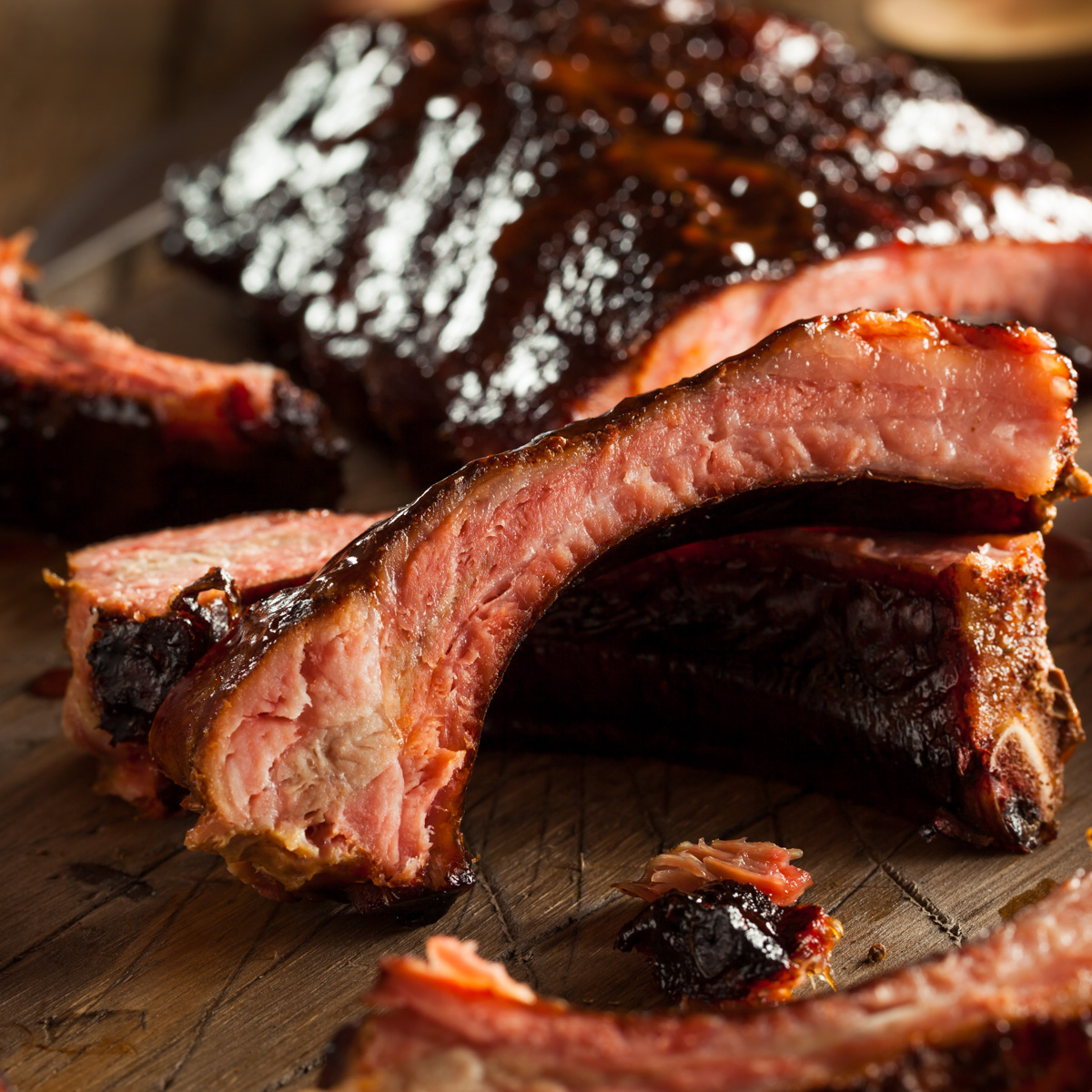
Spare Ribs
Spare ribs come from the bottom of the ribcage, near the pig's breast bone. They are generally longer and flatter than baby back ribs and have more meat. These ribs distinguish themselves from baby back ribs by their longer and flatter shape. With more meat content and a lower meat-to-bone ratio than baby back ribs, spare ribs are known for their robust flavor profile and are favored by those who appreciate larger ribs. Side ribs, by the way, is just another name for spare ribs.
St. Louis-Style Ribs
St. Louis-style ribs are cut from spare ribs. The irregular ends, or rib tips, and part of the meat flap are removed resulting in a nice, rectangular rack of ribs. There is less cartilage in St. Louis cut ribs making them more visually appealing and simpler to eat than spare ribs. St. Louis ribs are popular for competition barbecue because of their uniform shape.
St. Louis ribs are, however, slightly shorter than standard spare ribs. For all intents and purposes, they are treated the same as spare ribs in the cooking process. I prefer St. Louis ribs to spare ribs because they are, well, just nice and neat. They also have a higher price tag. If you can't find St. Louis ribs, just ask your local butcher to trim down a rack of spare ribs.
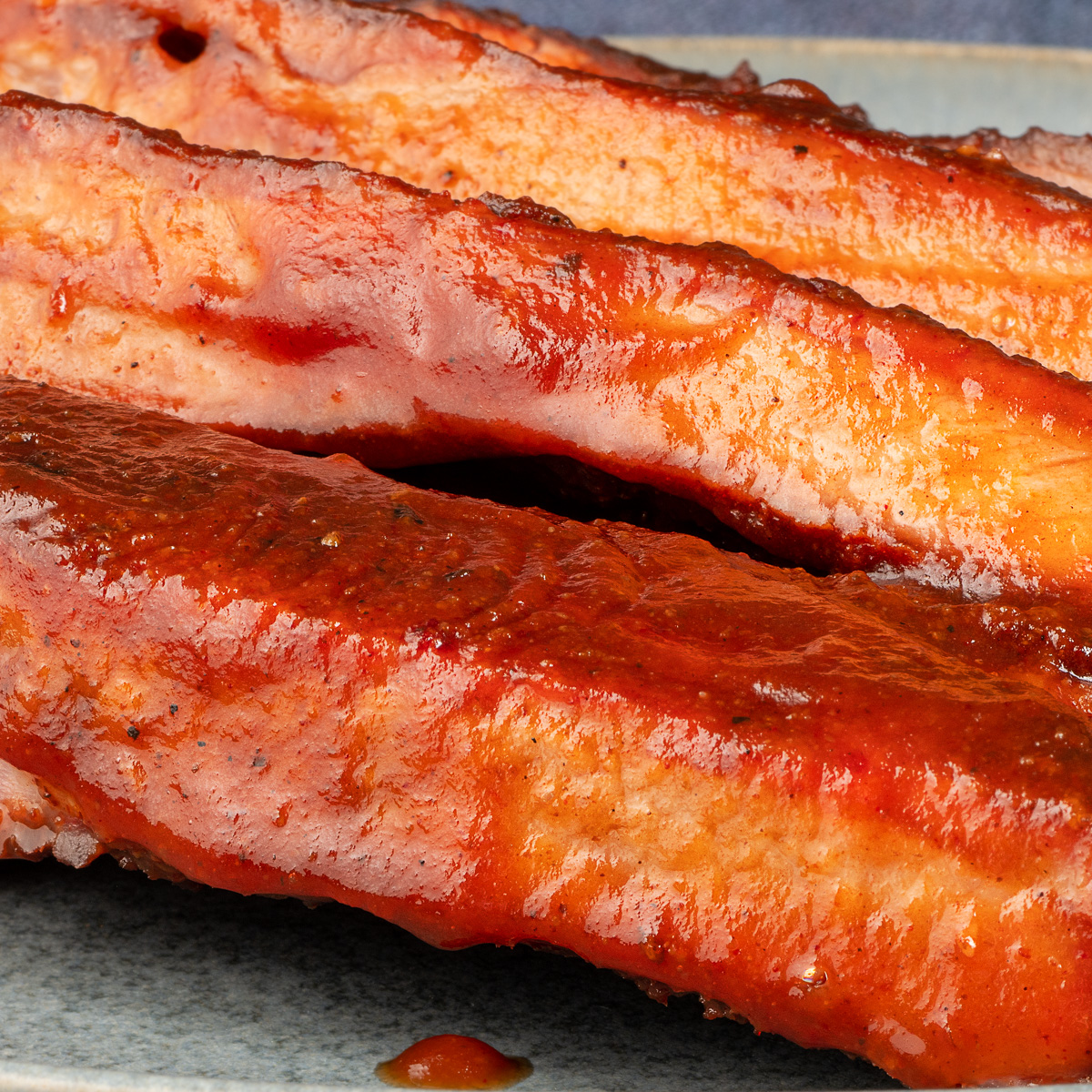
Let's Compare Key Differences
Tenderness
Baby back ribs are more tender than spare ribs. If you like fall-off-the-bone tender meat, baby back ribs are an excellent choice. While spare ribs are generally not as tender, they can certainly become tender with proper cooking, like the 3-2-1 method. Having said that, baby back ribs seem to be consistently more tender than spare ribs and that's important to my family.
Flavor
The higher fat content of spare ribs contribute a lot to the flavor of the ribs. Cooked right, the meat is rich and delicious. Baby back ribs tend to have a milder, less "meaty" flavor. The difference between the two is subtle. My family can't resist slathering homemade BBQ sauce on all types ribs so, in my house, the slight difference in taste goes pretty much unnoticed.
Meat-to-Bone Ratio
Baby backs have a higher meat-to-bone ratio than spare ribs, but that doesn't necessarily mean you are getting more meat. The ratio simply means that you are getting more meat given the same amount of bone. Of course, spare rib bones are bigger so that means more meat per rib bone than baby back ribs. If you prefer more meat per bone, then spare ribs are a popular choice. For my family, this doesn't matter much.
Cooking Time
A lot of websites will tell you that spare ribs require a longer cooking time than baby back ribs. They maintain that you need to adjust the overall time when cooking different types of ribs. For example, they say that spare ribs may require longer cooking times and low-temperature methods, while baby back ribs need closer monitoring and cook quicker.
This might be true if you were simply grilling the ribs. However, with a 3-2-1 method, both types of ribs are going to get the same amount of cooking time and the "2" part is where all the tenderness is delivered. At the end of the day, the cooking time is the same for me. See my post on 15 Common Mistakes People Make When Barbecuing Ribs.
What to Look for When Buying Ribs
When buying ribs, there are several things to consider to ensure you get the best quality product. Look for ribs with good meat coverage to avoid racks with exposed bones. Choose ribs with visible fat throughout the slab to ensure even flavor and distribution of meat. Look for ribs that have even thickness for consistent cooking, and select only ribs with a pink-red color. Reject any slabs that appear discolored or dried out.

Conclusion
In this battle of the best ribs, there is no clear winner. It really depends on personal preference. Both types of ribs are well regarded in the BBQ world. I think it all comes down to this. If you value tenderness over size, go with baby back ribs. Prefer bigger ribs, go with the larger spare ribs. If you like bigger ribs that are neatly cut, go with St. Louis-style ribs.
For many years, baby back ribs were my go-to if someone asked me to make ribs. Then, a few years ago, I developed a new favorite, St. Louis spareribs. I liked the fact that they were bigger and seemed to have a lot more meat on them. Now, I have come full circle and will choose a rack of baby back ribs any day. Go figure. Both are good and deserve a try. Need some BBQ recipes? See below.
Recipes
Ribs need a good dry spice rub that adds flavor. I prefer a Kansas City style dry rub that is excellent on a pork shoulder, baby back ribs, St. Louis ribs and much more. This Kansas City Dry Rub Recipe is my adaptation of a recipe by Steve Raichlen in his book, Barbecue Bible Sauces Rubs and Marinades, Bastes, Butters and Glazes. The title is a mouthful but the book is full of great stuff. Steve, in turn, was given the recipe by the Kansas City Barbecue Society. I have modified it for my taste.
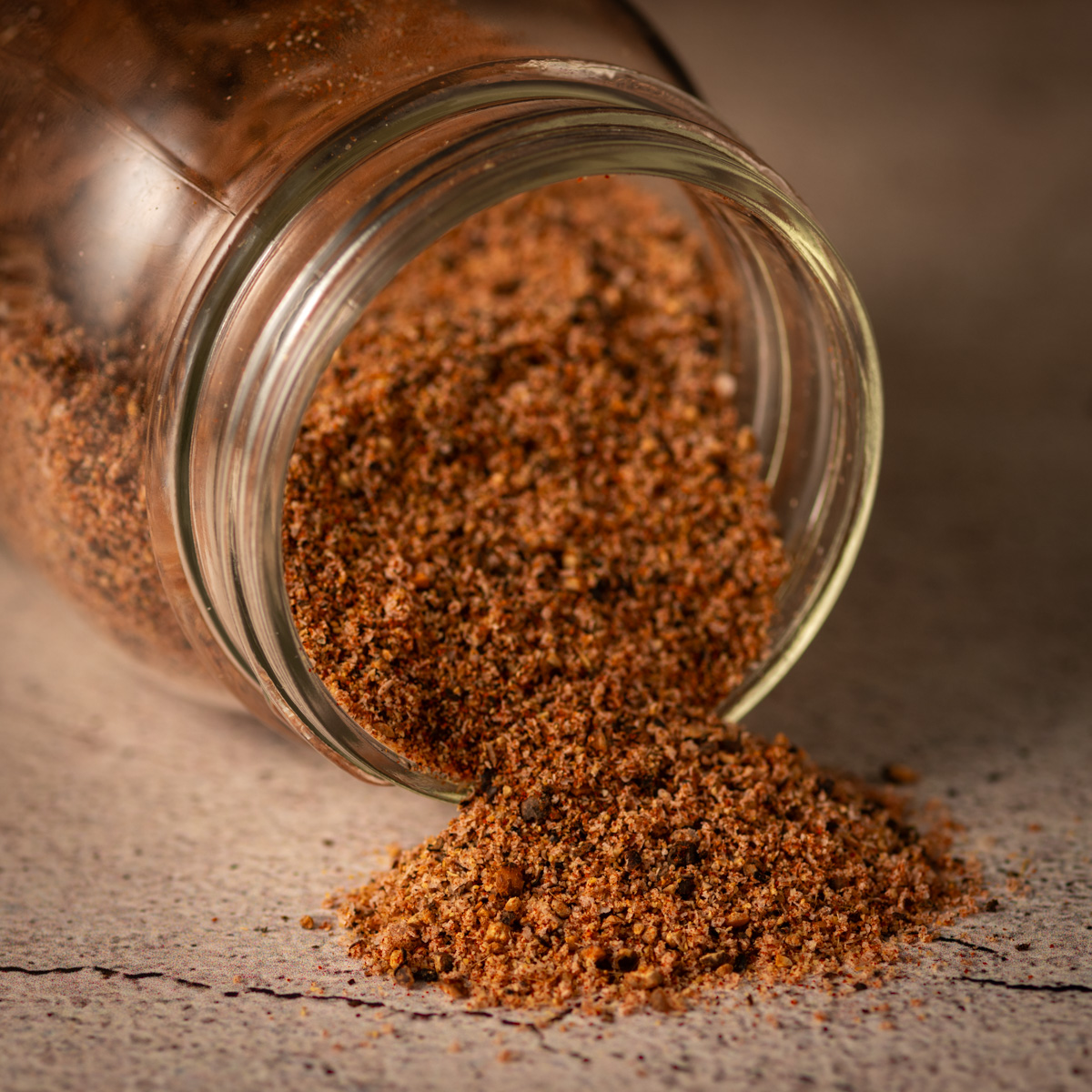
For rib recipes, try my Baby Back Ribs. Also try my St. Louis Spare Ribs recipe. If you need a killer BBQ sauce, try my Bourbon BBQ Sauce recipe.
Whichever type of ribs you choose, I suggest cooking them using the 3-2-1- method. Find out more about the 3-2-1 method in my recipe for St. Louis Spare Ribs.
Top Tip
Whichever type of ribs you choose, I suggest cooking them using the 3-2-1- method. Find out more about the 3-2-1 method in my recipe for St. Louis Spare Ribs.
Related
Looking for other recipes like this? Try these:

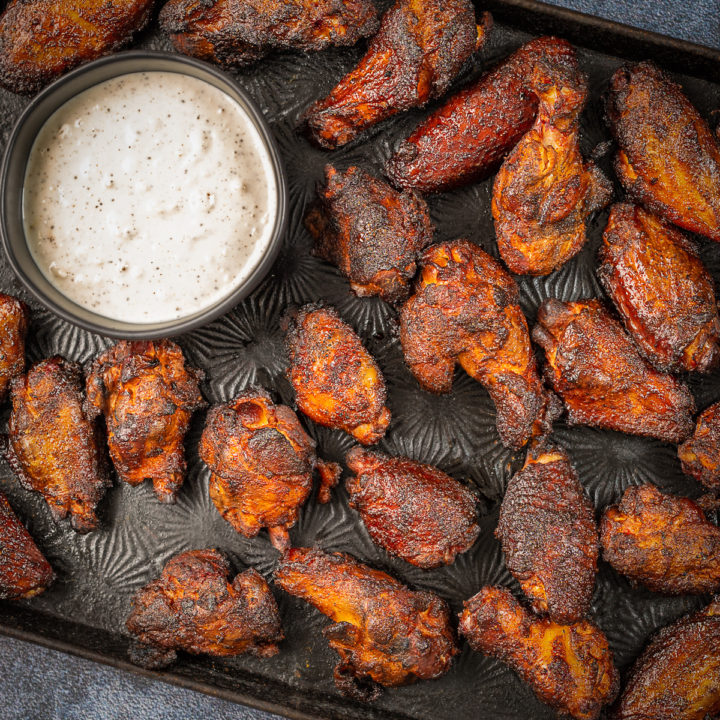
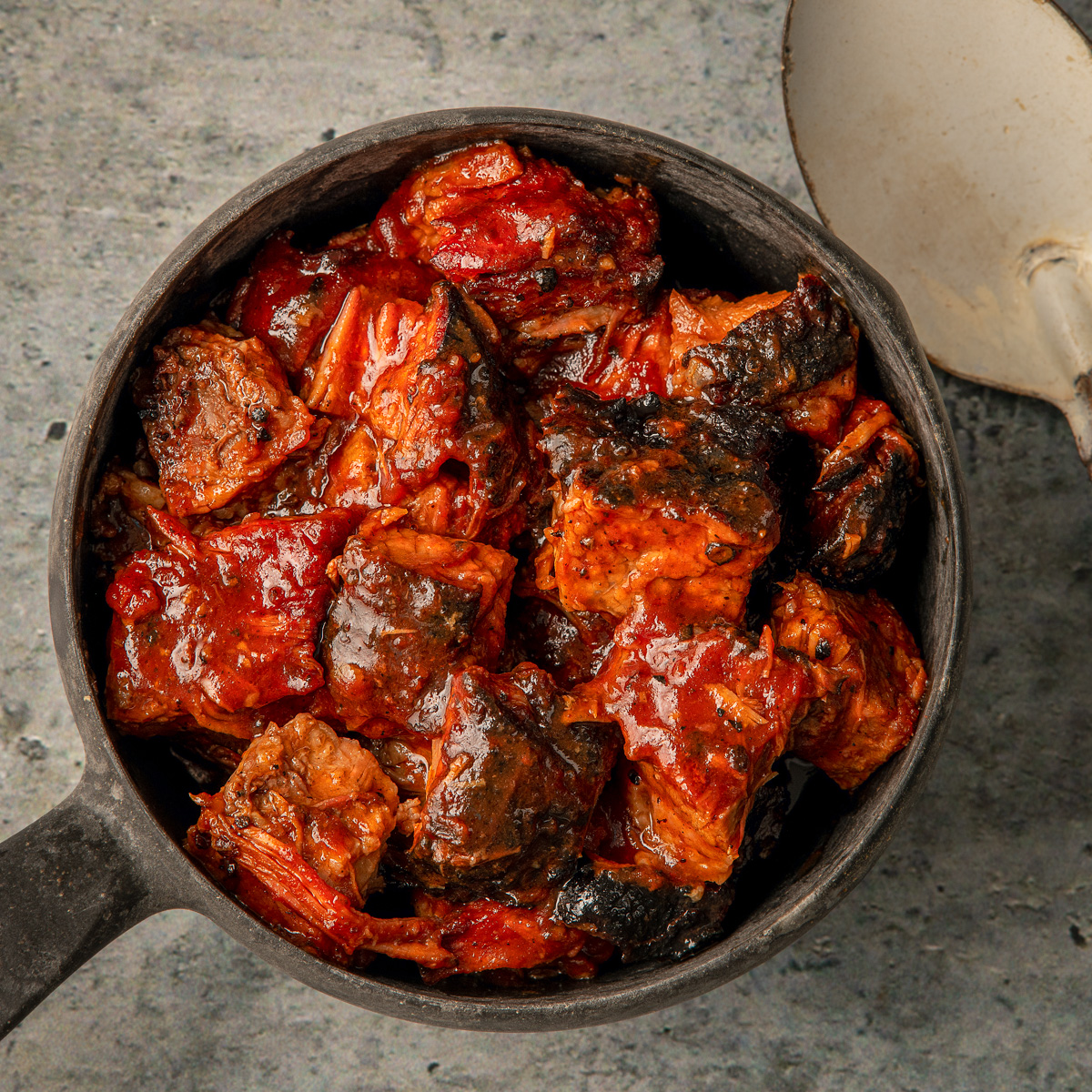
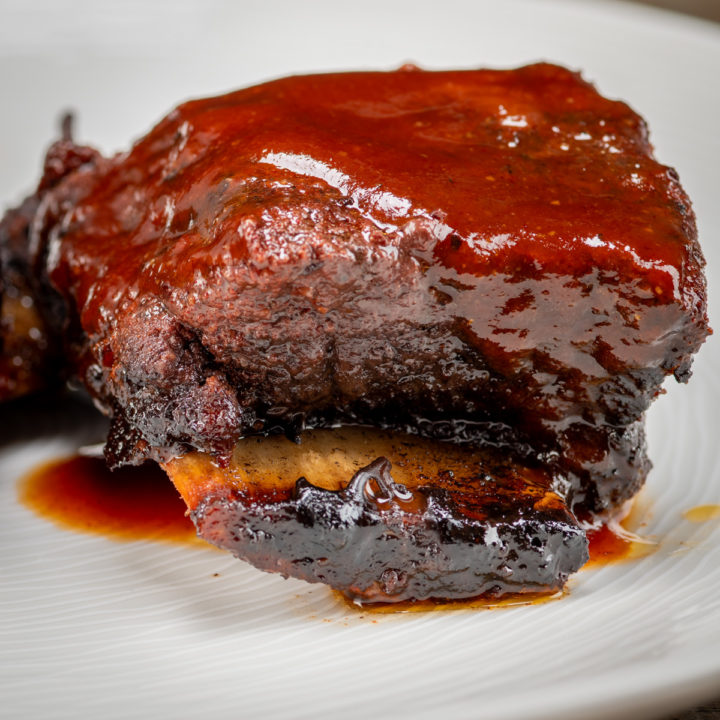
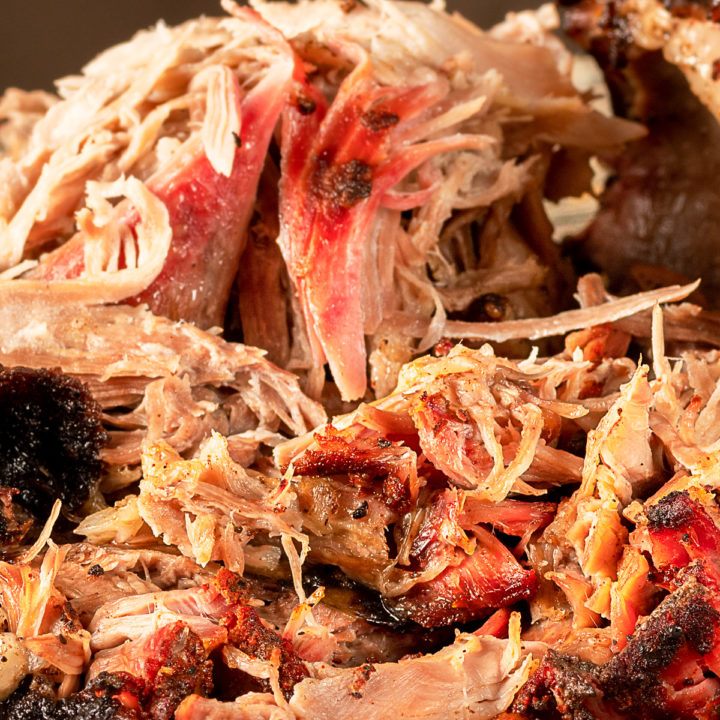
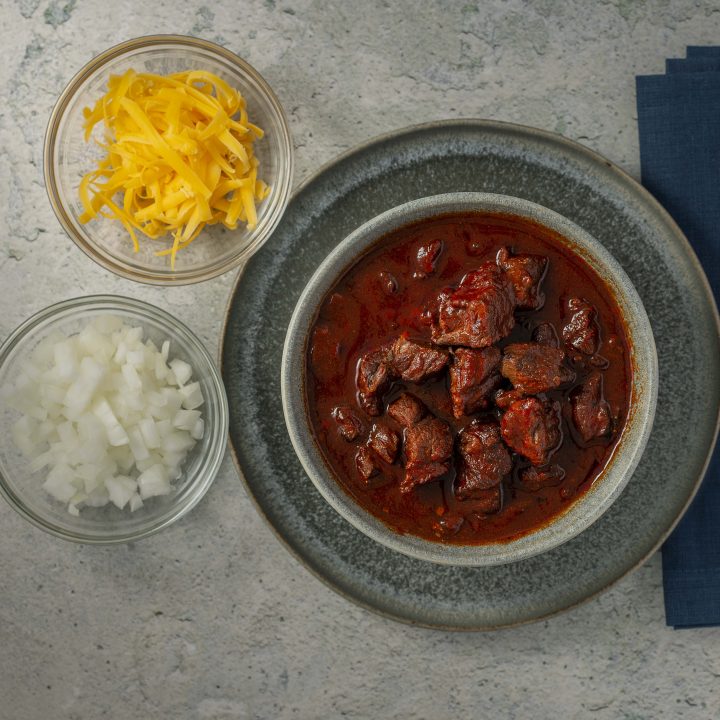
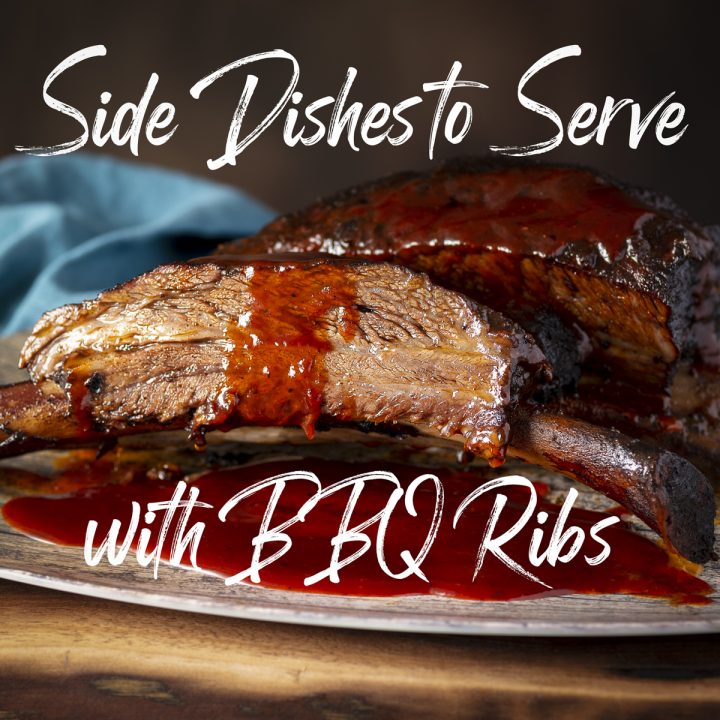
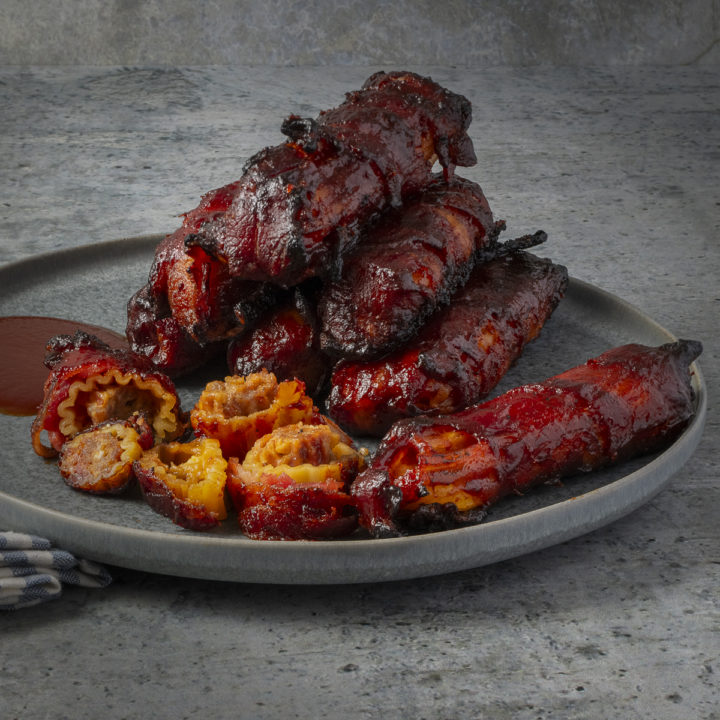
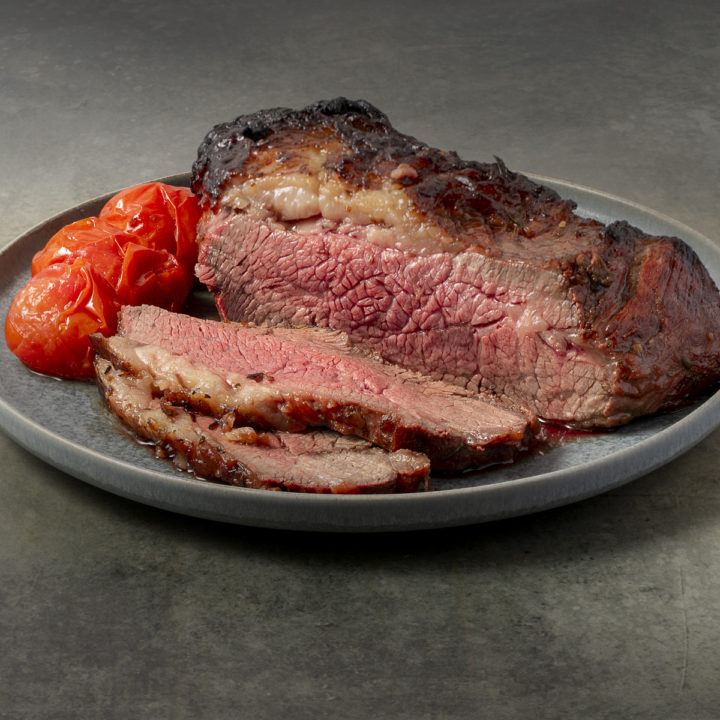
Leave a Reply